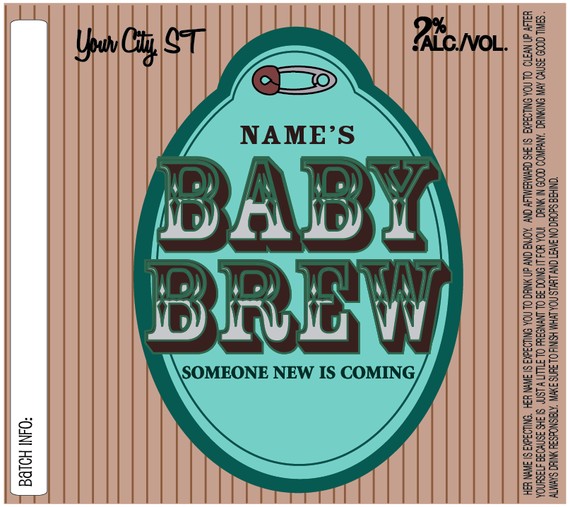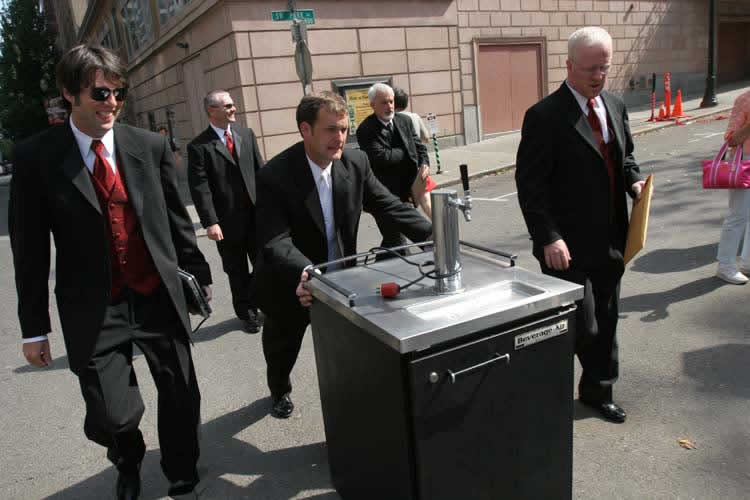Summer is officially here and that means summer BBQs, pool parties, 4th of July celebrations and summer beers. So what kind beer should you have on tap this summer for your guests?
Well, it’s hot in most parts of the country during summer, so you need a beer that compliments the season. Traditionally light lagers and wheats are the summer “go to” beers, but times are changing and brewers are creating new flavor mash-ups and summer-friendly brews perfect for summer sip’n.
Seek out these beers by the keg and you won’t be disappointed.
2015 Summer Beers List
Equinox POA – Lagunitas Brewing Company
A creamy, pale oat ale hopped up with a huge charge of Equinox and Simcoe hops.

Kirsch Gose – Victory Brewing
A bold and bright step outside the norm, the flavors of a unique, old world German brewing process excite your senses with the sharp and sweet burst of fresh cherries.
Mana Wheat – Maui Brewing
A crisp and refreshing wheat ale is lightly hopped to allow the fruity sweetness of the pineapple to shine.
Not the Stoic (Quad) – Deschutes
Brewed with pomegranate & molasses, 15% aged in oak wine barrels, 15% aged in oak rye barrels. Molasses is not just for winter anymore!
Grapefruit Sculpin IPA – Ballast Point
Grapefruit’s a winter fruit, but this easy-drinking ale tastes like summer. It showcases bright flavors and aromas of apricot, peach, mango & lemon.
Pivo Hoppy Pils – Firestone Walker
Everything you love about classic German Pilsner with a hoppy Bohemian twist. Pils is a bright straw colored lager beer with playful carbonation topped with beautiful white foam lace.
Hoptimum IPA – Sierra Nevada
Hopped, dry hopped and torpedoed for incredible hop flavor and complexity, Hoptimum is the pinnacle of whole-cone hoppiness and the biggest Imperial IPA.
Big Eye IPA with Fresh Ginger Root – Ballast Point
Big Eye IPA infused with fresh skinned, sliced ginger root.
 Mr. Pineapple – SanTan Brewing
Mr. Pineapple – SanTan Brewing
GABF Silver Medal Winner, Mr. Pineapple was originally conceived for SanTan’s annual Luau Day. Hazy straw gold in color, they add natural pineapple juice (Rainforest Alliance Certified) to a traditional wheat beer creating a refreshing tropical flavor.
IPA 2.0 – Stone Brewing Company
The second incarnation of their groundbreaking India pale ale, Stone brewers employed dry hopping and hop bursting to squeeze every last drop of piney, citrusy, tropical essence from the hops that give this beer its incredible character.
Pear Ginger – New Belgium
Mix your own adventure this summer with New Belgium’s Pear Ginger Beer. The latest Lips of Faith release.

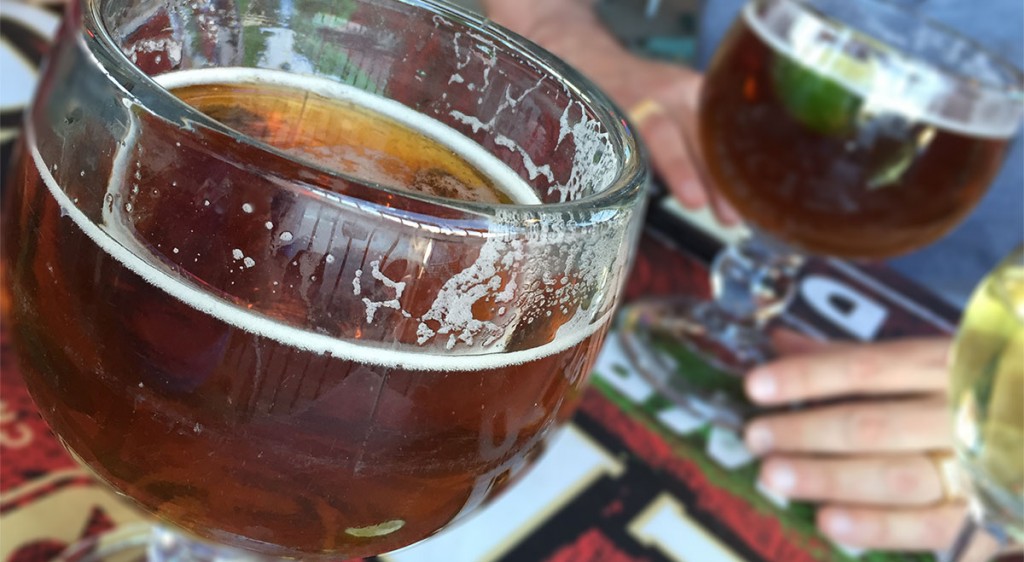
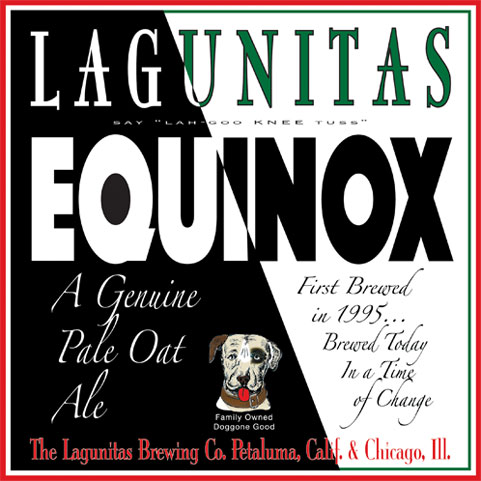
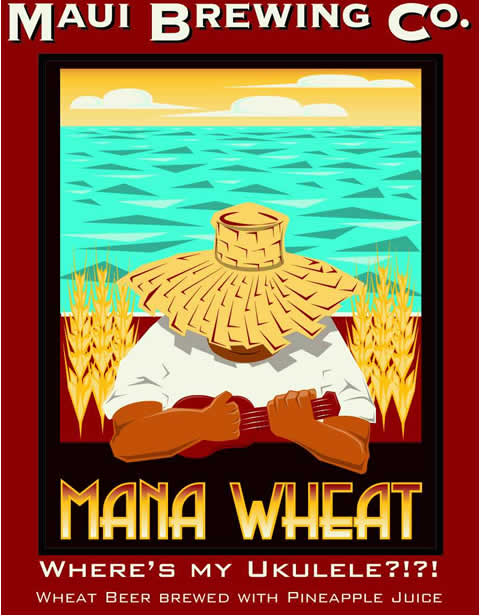
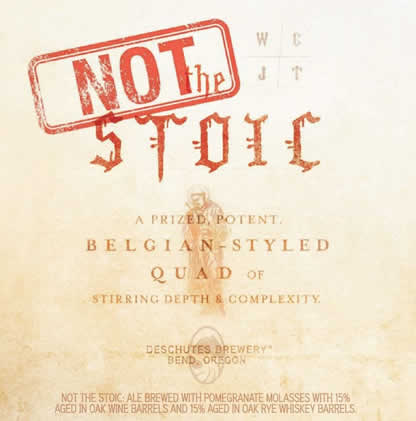
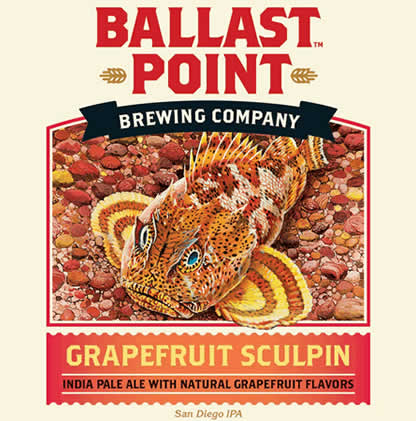
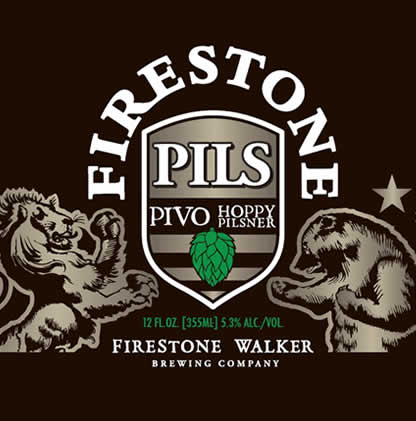
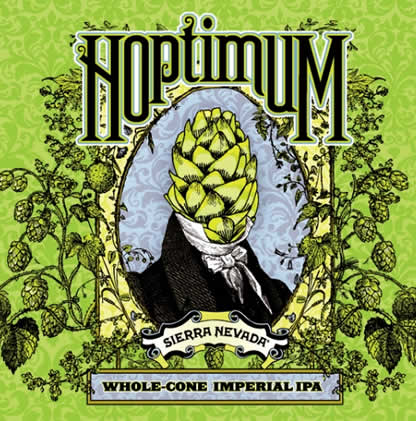
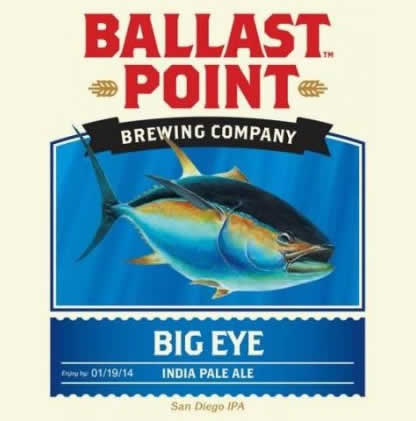
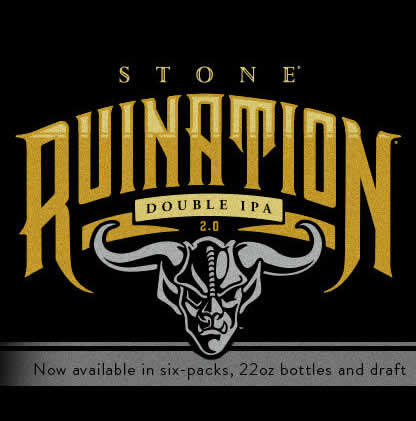
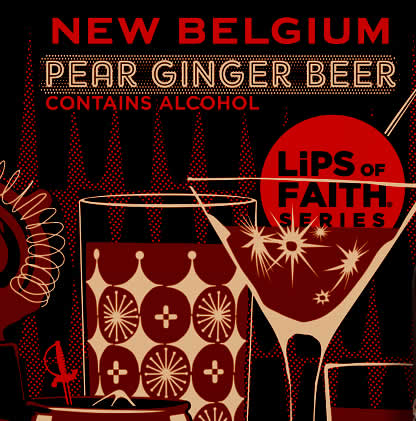

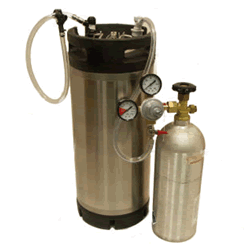

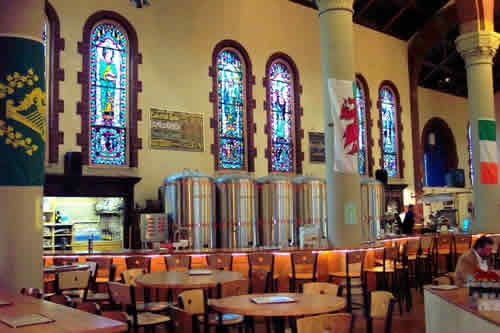 A church bar/pub that mixes religion and the art of beer making.
A church bar/pub that mixes religion and the art of beer making.